I'm interesting in putting together an inverting op amp to take a signal voltage from 10 V to 0.01 V (Gain = -60 dB). By signal voltage I mean the current input and output will be low (e.g., <1 mA).
Searching suppliers, I haven't found an op amp where their gain plots reach -60 dB.
This makes me wonder, can I simply interpret the gain plots to mean +X dB for non-inverting configurations and -X dB for inverting configurations?
Gain plot examples,
Or
Here is the second plot's spec sheet for a little more detail: https://cdn.sparkfun.com/assets/8/4/9/e/1/DS-15946.pdf

